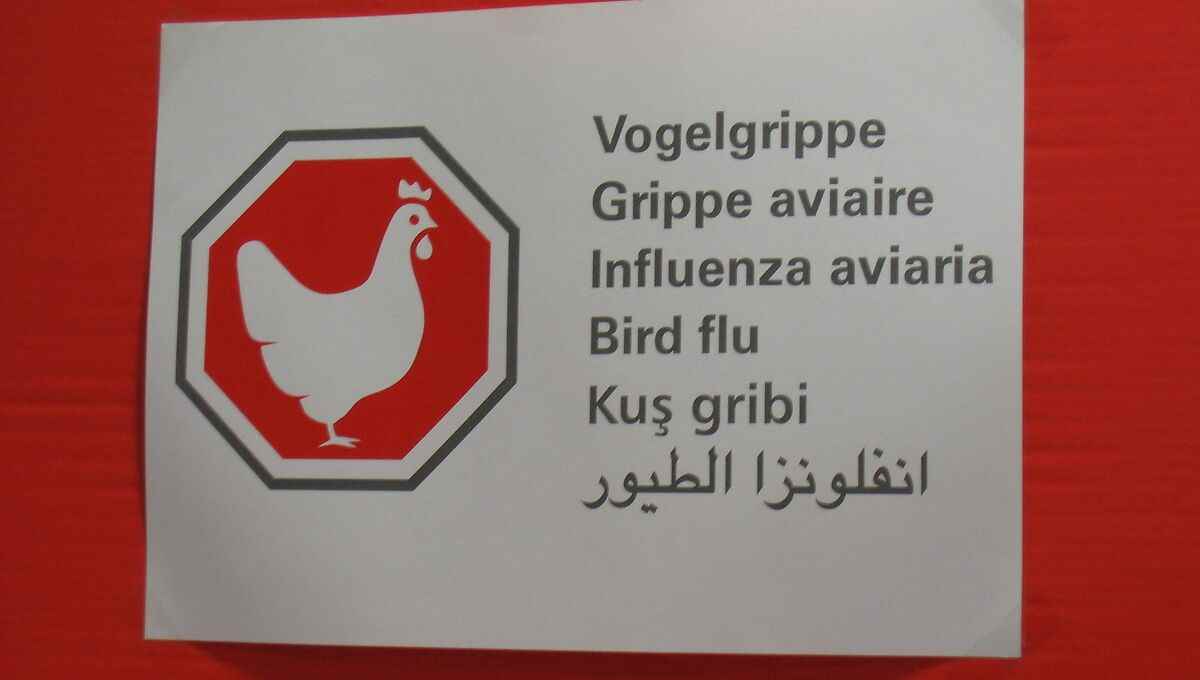The health situation with regard to highly pathogenic avian influenza (HPAI) has deteriorated in recent weeks. The number of cases of avian influenza in livestock and in wildlife is increasing sharply in metropolitan France. With the approach of autumn, a period of risk due to the drop in temperatures and the start of bird migrations, the level of risk has just been raised from “negligible” to “moderate” throughout the national territory and reinforced preventive measures. This has the following consequences:
- the sheltering poultry in areas at particular risk (wetlands and/or wild bird migration corridors); 65 municipalities are concerned in the Gard (Rhodanian corridor and Camargue). Shelter is achieved by locking the animals in buildings or protecting them with nets; reduced outdoor runs may be authorized under certain conditions for farms for commercial purposes.
- a strengthening monitoring of poultry farms and protective measures (self-checks by professionals, reinforced management measures around outbreaks in livestock or confirmed cases in wildlife, regulation of hunting activities around outbreaks in livestock or cases in wildlife, or in areas at particular risk, etc.) .
It is recalled that the consumption of meat, foie gras and eggs – and more generally of any poultry-based food product – presents no risk for humans.
Complete list of municipalities located in areas at particular risk of avian influenza, in the Gard
Aigues-Mortes, Aigues-Vives, Aimargues, Les Angles, Aramon, Aubord, Bagnols-sur-Cèze, Beaucaire, Beauvoisin, Bellegarde, Bernis, Bouillargues, Le Cailar, Caissargues, Carsan, Chusclan, Codognan, Codolet, Comps, Connaux, Domazan, Fourques, Gallargues-le-Montueux, Garons, Générac, Le Grau-du-Roi, Jonquières-Saint-Vincent, Laudun, Lirac, Manduel, Milhaud, Montfaucon, Montfrin, Mus, Nimes, Orsan, Pont-Saint-Esprit, Pujaut, Redessan, Rochefort-du-Gard, Roquemaure, Saint-Alexandre, Saint-Etienne-des-Sorts, Saint-Genies-de-Comolas, Saint-Gervais, Saint-Gilles, Saint- Laurent d’Aigouze, Saint-Laurent-des-Arbres, Saint-Nazaire, Saint-Paulet-de-Caisson, Saint-Victor-La-Coste, Sauveterre, Saze, Tavel, Theziers, Tresques, Uchaud, Vallabrègues, Vauvert, Vénéjan , Vergèze, Vestric-et-Candiac, Villeneuve-les-Avignon, Saint-Paul-les-Fonts, and Rodilhan.
No respite for poultry farmers: the ravages of avian flu in wildlife pose a heavy threat to farms that did not have time to digest the previous episode. “Everyone is on high alert“, declared Yves-Marie Beaudet, president of the egg interprofession (CNPO), Wednesday during a press conference. Poultry professionals are still stunned by the episode of highly pathogenic avian influenza (commonly called bird flu) last winter and spring. On an unprecedented scale, it has led to the slaughter in France of 21 million animals (ducks, laying hens, turkeys, etc.) even in previously preserved areas such as the Vendée. The recovery is difficult, for lack of chicks and ducklings in sufficient number to fill the farms. The State plans to pay nearly a billion euros to compensate breeders as well as industrialists who lack meat and eggs to run their factories.
